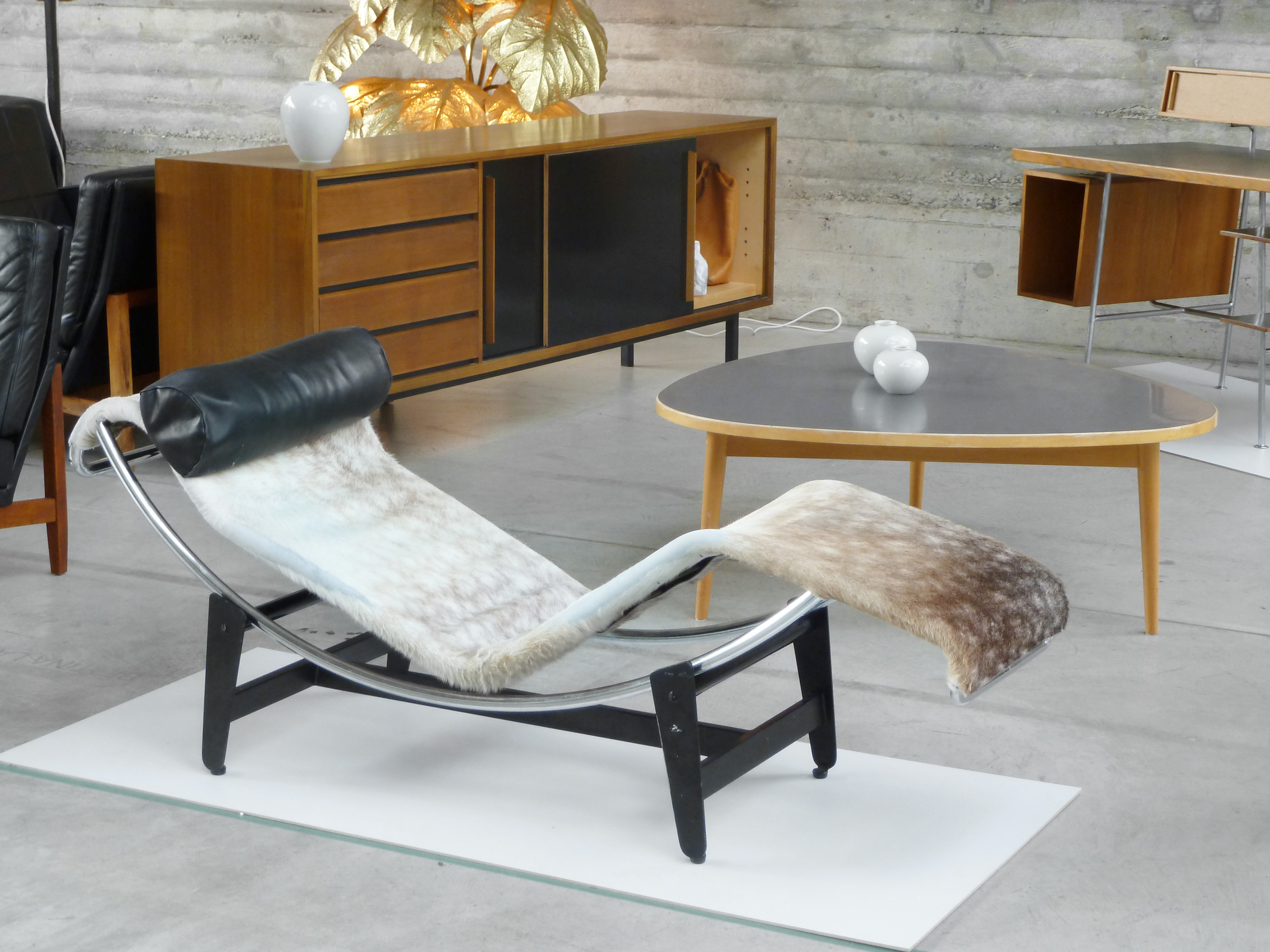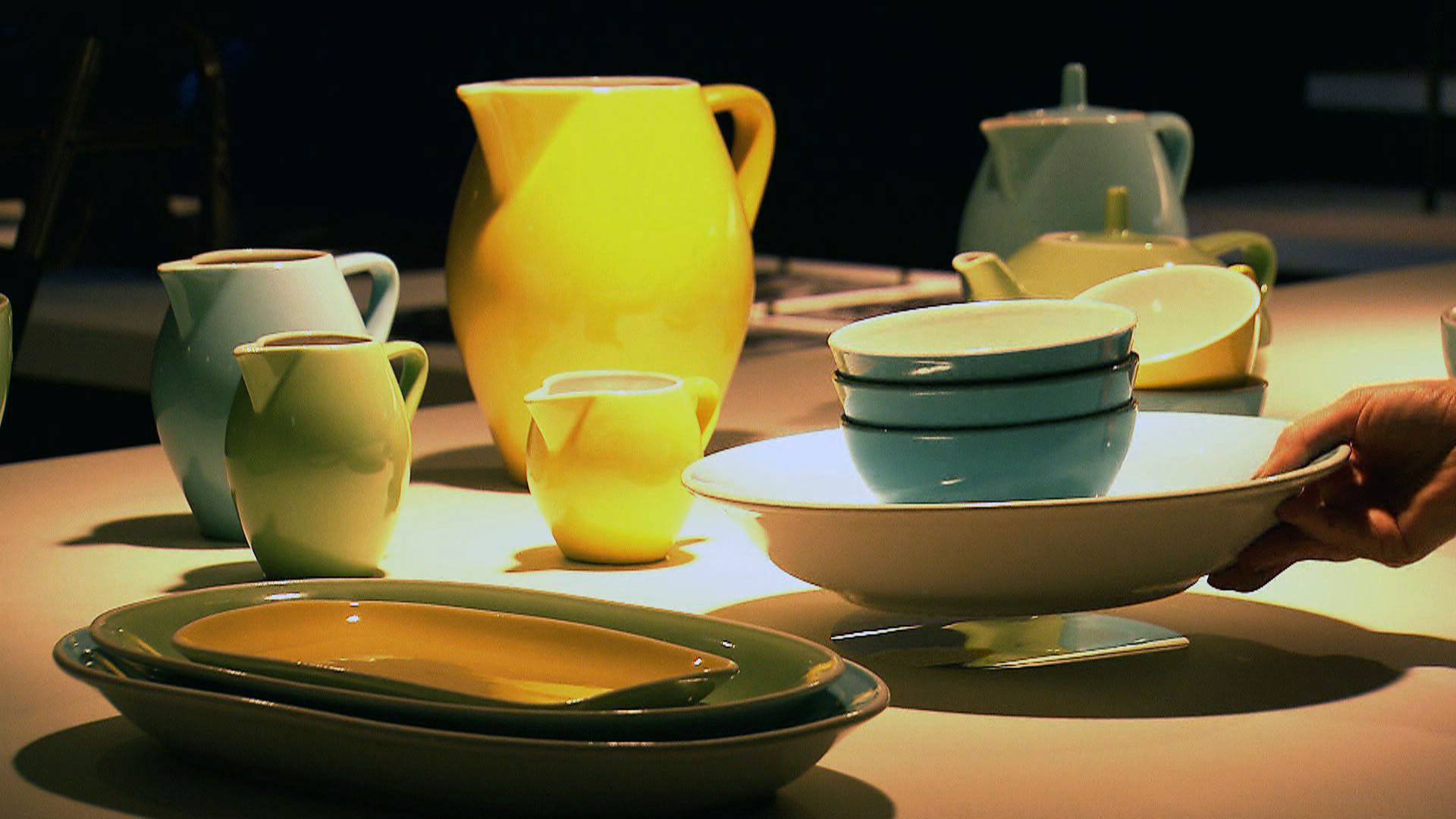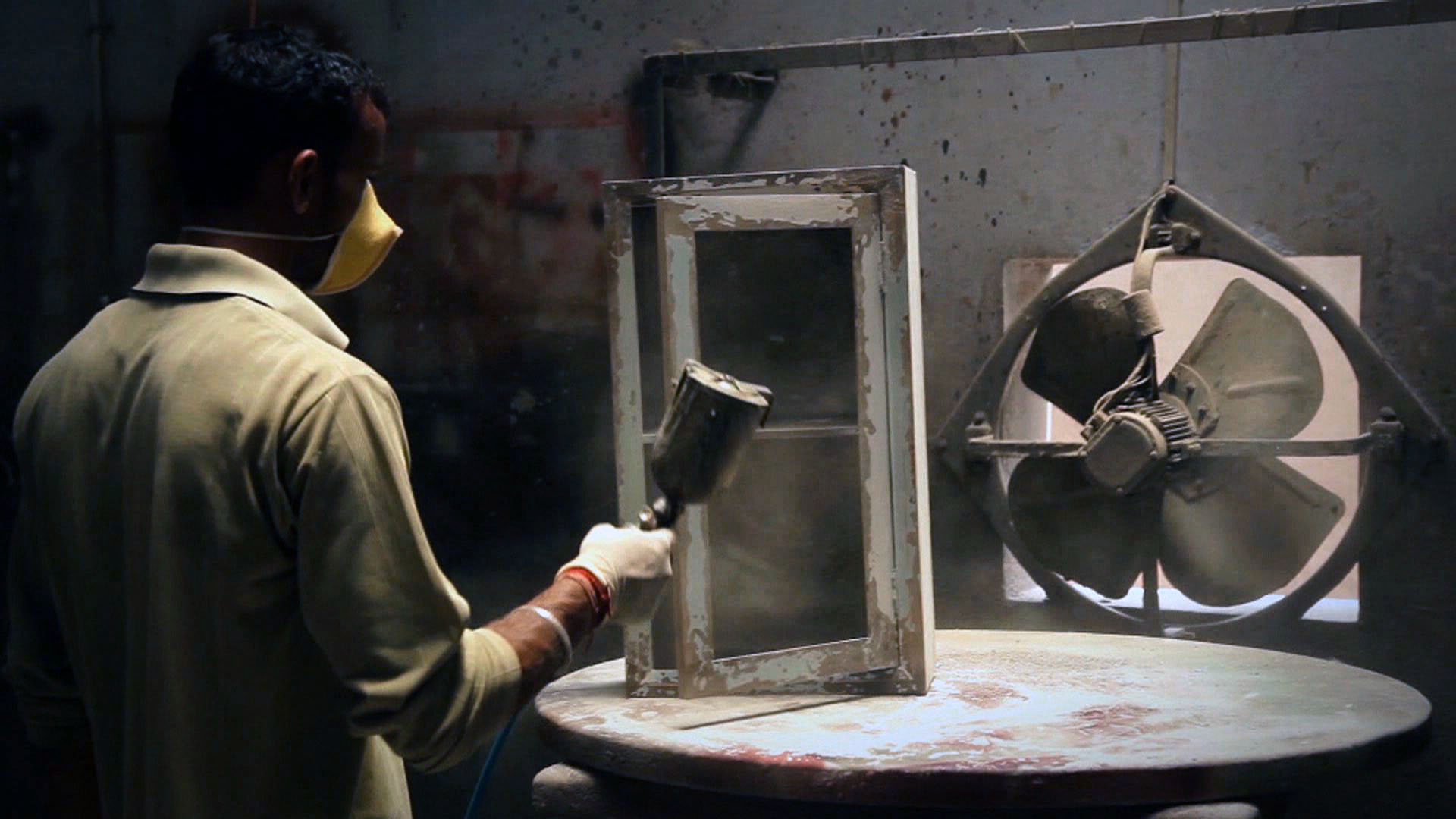
Old-fashioned objects find new admirers

Once the domain of the needy, second-hand merchandise is becoming more popular in Swiss society, where vintage is loved as much for its durability as for what it says about the buyer.
A short walk from Zurich’s main train station, a big pink building attracts people looking for unusual furnishings and fashions. But unlike a cluttered and musty junk shop, the second-hand specialist Zürcher Brockenhaus resembles a tidy department store.
“That looks beautiful on you,” says a lady to a young woman trying on a green silk jacket with glittery buttons. The garment looks like something the older one might have worn in her prime – in the 1960s.
Upstairs, a middle-aged couple inspects dining tables. The woman runs her palm over the wooden surface of one that appears old enough to have stood there when the store opened in 1904. The man leans on it, as if to test the legs.
“Seems nice and sturdy,” he says, nodding appreciatively.
Ueli Müller, manager of the Zürcher Brockenhaus, notes that many people have a passion for old things, as if the objects “somehow have added value”.
Every year, the store sells half a million items – everything from spoons to sideboards. Business is healthy enough that the store donates about CHF250,000 ($282,240) to charity each year.
Hot stuff
“Chairs, lamps, stools and ceramics are especially popular because there’s always room for these in an apartment,” according to Joan Billing, a Swiss trend researcher and co-founder of an annual vintage furniture fair, Design+Design.ch.
Billing told swissinfo.ch that when she first got interested in vintage 25 years ago, the scene was dominated by specialists, historians and collectors.
“This circle has really expanded over the past decade,” said Billing, who felt like a pioneer when she launched the design fair eight years ago. “Finally, the Swiss have become really conscious of this trend.”
She says the fact that vintage has become a topic for museums has also made people take the concept more seriously.
The Museum of Design Zurich explores the subject in its current exhibition: Vintage – Design with a History. It describes vintage as “the increase in value that an object undergoes through aging, selection and shortage”.
Compared to the lively atmosphere of a flea market or second-hand shop, the exhibition is rather clinical.

More
A short glimpse at the exhibition
Truly old items appear alongside reproductions as well as new things made to look shabby.
To museum curator Karin Gimmi, a highlight is an Oriental carpet woven to give the illusion that it’s getting threadbare – although the “bare” parts actually have a higher pile.
Nostalgic
“In times of mass production, there’s a counter-movement,” store manager Müller notes. “People are looking for one-of-a-kind items and a story from the past.”
Gimmi agrees that some people fantasise about living during certain historical periods: “If we have objects from the past, we can feel like we’re a part of it.”
That history could be very recent – even during the person’s own lifetime – points out business psychologist Christian Fichter.
“As they say, it was better in the old days. Psychologists have been able to show that people tend to delete negative memories and mainly remember the good things,” Fichter told swissinfo.ch, suggesting that this could be why people gravitate towards objects that remind them of their youth.
Yet a sense of nostalgia is hardly the only force driving the demand for vintage items. Fichter says people also buy them in order to make a statement.
“Someone might be saying, ‘I’ve made a sustainable purchase. I could buy something expensive, but I’m making it a point not to because I’d rather use something that would have been disposed of’,” Fichter said.
Or if the purchase was a pricey designer object, it could be a way of saying, “I have good taste; look at my Charles Eames chair or Le Corbusier lounger”.
Billing agrees that the Swiss have always been judicious with their resources, meaning that passing on vintage furniture was always a theme – and now all the more so.

Durable
For Müller, another selling point of vintage is the high quality.
“The old things tend to be very robust. Take the Rössler crockery currently on display at the Museum [of Design Zurich]. It’s some of the most durable ever made,” Müller said, adding that the same is often true of old furniture.
“You can take an old cabinet apart [and rebuild it] 20 times – it’s a constant companion in a household. But modern ones fall to pieces after being taken apart just twice. It’s dreadful. I don’t know why they produce things like that,” Müller said.
Fichter agrees that consumers are getting fed up with a throw-away mentality.
“There’s a counter-movement to the volatility that exists now in terms of consumption and in general,” he said. “People are gravitating towards things that are sustainable.”
Retro
There are some who just want something in a certain style, and possibly don’t care whether it’s a genuine vintage piece.
Vintage – Design with a History features a mix of vintage items as well as those simply made to look old – like sunglasses, sneakers and jeans.
The exhibition includes a video highlighting the health hazards for garment industry workers who sandblast denim.
The museum also commissioned a video of craftsmen in India making cupboards in the style of shabby chic, complete with peeling paint and scuff marks.

More
How to create a patina
Gimmi notes wryly that no Indian consumer would be interested in purchasing them – a fact that Fichter finds logical.
“In developing countries, like India, consumers behave as we did 30 years ago – when people in Switzerland wanted shiny new things,” Fichter said.
That’s not so much the case today.
“Nowadays, people are more into minimalism and understatement.” According to Fichter, it’s purchasing power that separates the Swiss from other nations.
“The Swiss can afford expensive furniture. They can really choose what they want, but what they want doesn’t necessarily differ that much from what other Europeans want.”

In compliance with the JTI standards
More: SWI swissinfo.ch certified by the Journalism Trust Initiative
































You can find an overview of ongoing debates with our journalists here . Please join us!
If you want to start a conversation about a topic raised in this article or want to report factual errors, email us at english@swissinfo.ch.